Research Article
Effect of Bio- and Chemical Fertilization on Growth of Sunflower (Helianthus annuus L.) at South Valley Area
Department of Horticulture (Ornamental Plants), South Valley University, Qena, Egypt
A.A. Abo-Baker
Department of Soil and Water, Faculty of Agriculture, South Valley University, Qena, Egypt









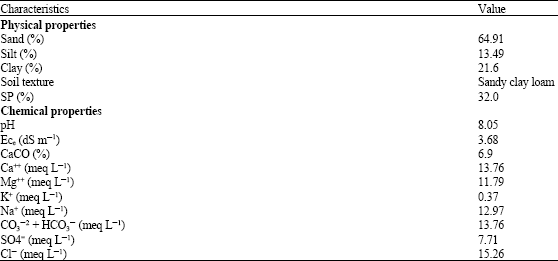
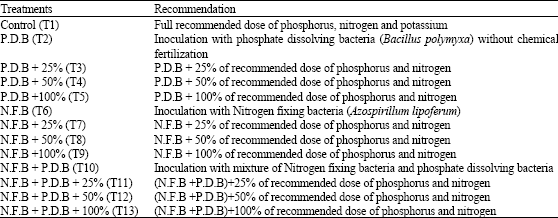
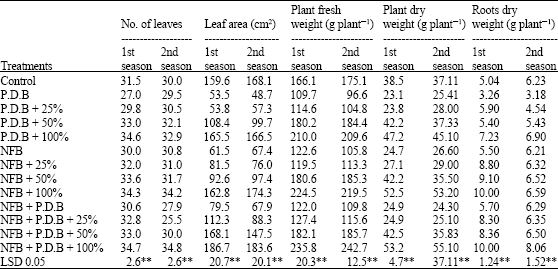
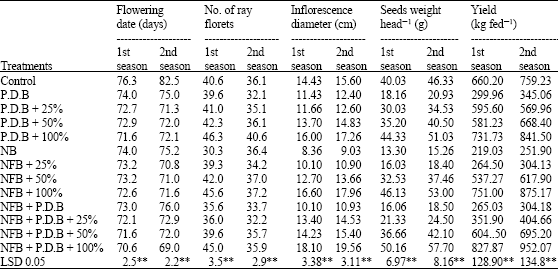
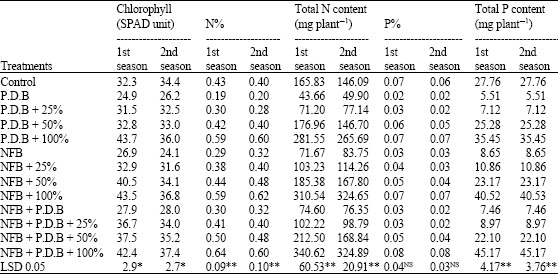
gehan gaber mostafa aly Reply
this an excellant papper to decrease the chemical fertilization and the environment mor safety